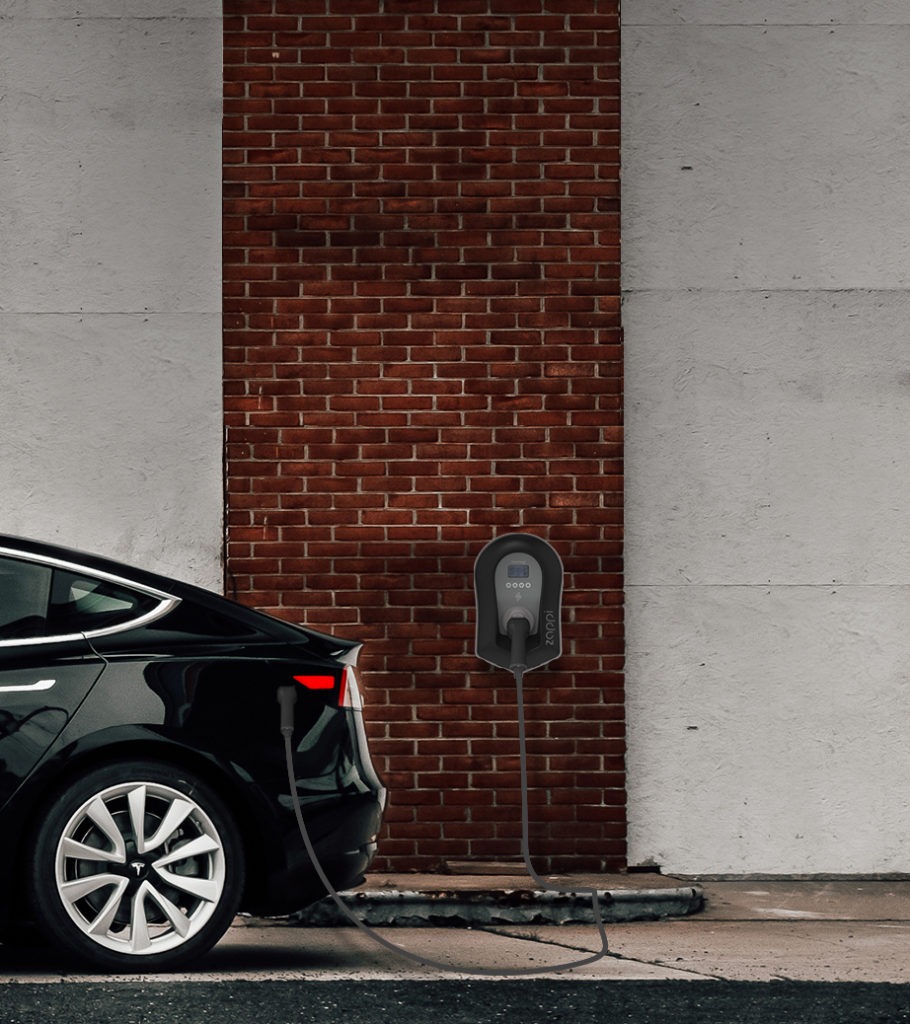How do electric vehicles work?
There can be no denying that electric vehicles are the future. These cars are becoming an increasingly more common sight on our roads, helping drivers to reduce the impact that they have on the environment.
How do these electric vehicles work, though? We thought we would take a closer look.

What are the parts of electric vehicles?
Electric vehicles have up to 90% fewer moving parts than a standard internal combustion alternative, and the essential parts include:
- Motor
The motor is what powers the vehicle. These engines can be either Direct Current or Alternating Current, although AC is the most common. - Inverter
This helps to turn Direct Current into Alternating Current. - Drivetrain
Electric vehicles only need a single-speed transmission, sending the power directly from the motor to the wheels. - Batteries
These are an essential part of electric vehicles, storing the electricity required to power the motor. The higher the kW of the battery, the further the vehicle will be able to travel. - Charger
This is how drivers charge the batteries and will connect to either your mains outlet or a dedicated charging point.
How does the engine work?
Unlike traditional combustion engines, electric vehicles do not require any fuel. Instead, the car is powered by batteries which store electricity. In turn, these rechargeable batteries then power the motor, which turns the wheels and drives the vehicle.
Electric vehicles are able to accelerate at a much faster rate than traditional cars, which makes them a fantastic choice for use around town and on long journeys.

How do you charge electric vehicles?
Electric vehicles can be charged either through a traditional socket in your home or via a dedicated car charging unit. The three types of chargers include:
- Plug socket
This type of charger plugs directly into your home’s wall socket. However, this is often the slowest way to charge your electric vehicles. - Socketed
This is a charge point that will allow drivers to plug in either a Type 1 or a Type 2 cable. - Tethered
This is very similar to a socketed charger, but it comes with a tethered cable attached that has either a Type 1 or a Type 2 connection.
There are also three different speeds of charging; Slow, which is usually up to 3 kW and is designed for overnight charging. Fast is between 7 kW and 22 kW and is typically found in public places such as supermarkets or car parks. Rapid charging is the quickest type, but it is only compatible with electric vehicles that have a compatible charger.
What about hybrid vehicles?
Hybrid electric vehicles are a mix of both traditional internal combustion engines and electric motors. Rather than being charged via a socket, the batteries are recharged when the standard engine is being used or through regenerative braking.
Thanks to the extra power provided by the electric motor, hybrid vehicles can often have a smaller capacity engine, while they also have a greater fuel economy without sacrificing performance.
Ready to discover the benefits of electric vehicles?
If you are looking to discover the benefits that come from electric vehicles, then myenergi is here to help you.
Our mission is to help create a sustainable future through eco-smart technology, and we are committed to giving you the power to control your home’s energy.
